Infection with Neisseria Meningitidis may be associated with Purpura Fulminans. Fulminating disease is seen in 10% of patients resulting in a 10-30% mortality. Those recovering often do so without permanent damage to major organs but many are left with residual musculo-skeletal problems. Suppurative inflammation, pathological activation of the clotting system and vasculitis leads to disseminated intravascular coagulation, thrombosis and haemorrhage. This produces ischaemia and necrosis of the extremities.
The main early musculo-skeletal complication is gangrene. It may appear patchy and irregular with no clear demarcation between viable and non viable tissue. The level of skin necrosis does not always correspond to a similar level of involvement with deeper tissues. Bone scanning may play a role in distinguishing between viable and non-viable tissue.
Management consists of debridement of all necrotic tissue, often on multiple occasions. Amputation is done electively to allow the necrotic areas to demarcate. Principles include preserving length and preserving joints. In children, if a joint cannot be preserved, disarticulation is better. Open amputations are preferred followed by delayed wound coverage with split skin graft.
Late sequelae include stump problems such as skin hypersensitivity, scarring and breakdown. Overgrowth is a concern in the paediatric population necessitating revision surgery. Physeal growth disturbance may be seen 6mths – 2 years after the acute insult. It may be partial or complete, peripheral, linear or central manifesting clinically as progressive angular deformity, shortening or a combination of both.
After mapping with X-ray, MRI or helical CT, physiolysis may be considered.
Resection is possible if the bone bridge is <50% in area and there is more than 2 years of growth left. Peripheral bridges are more successfully resected. Growth restoration is only partial and often the physis closes early.
Angular deformity is managed by hemi-epiphyseodesis or osteotomy. Leg length discrepancy may be treated non-operatively with a shoe raise or extension prosthesis. Operative treatment includes shortening the long leg acutely or gradually via epiphyseodesis or lengthening the short leg.
Other problems include joint contractures requiring prolonged physiotherapy and osteoporotic fractures.
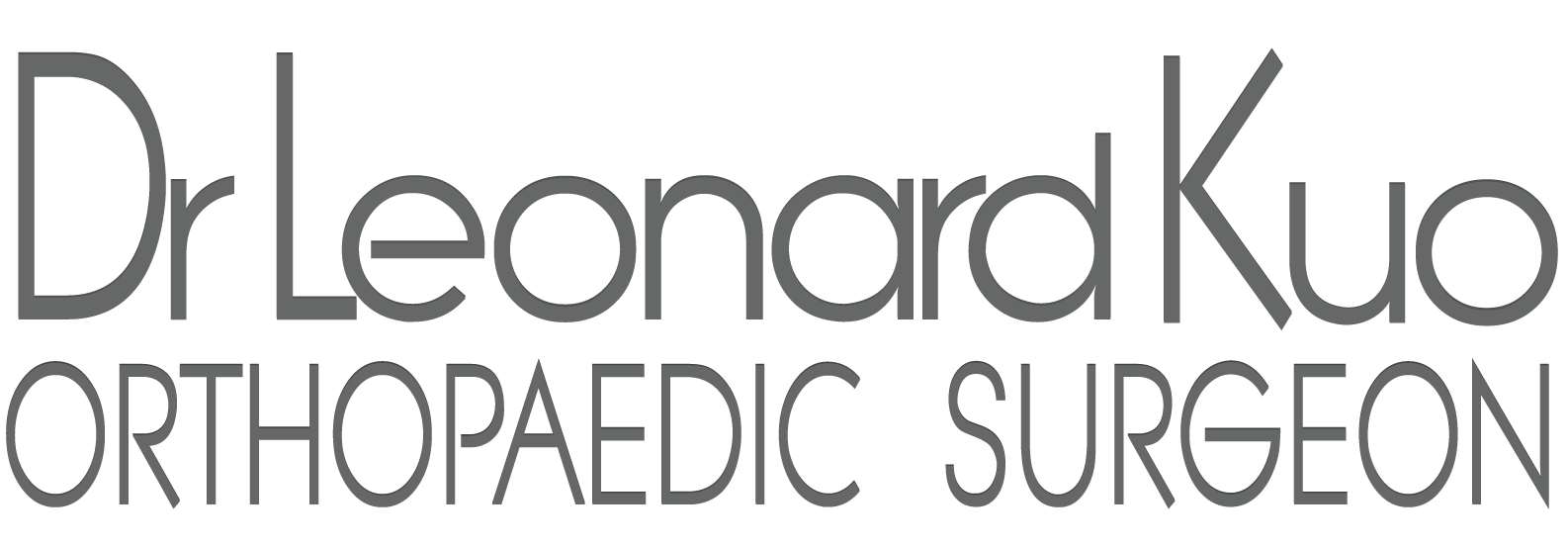
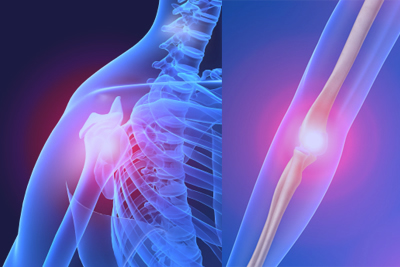
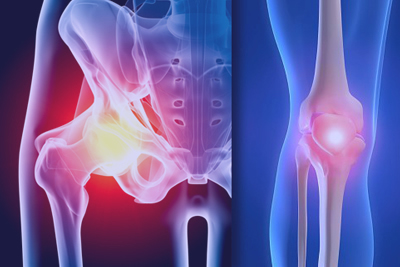
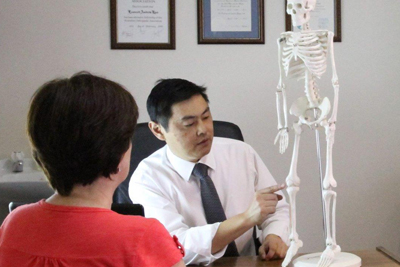
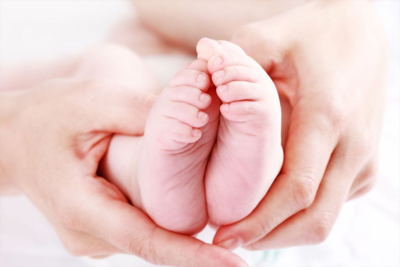
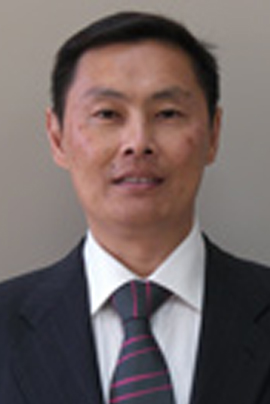 Dr. Leonard kuo
Dr. Leonard kuo